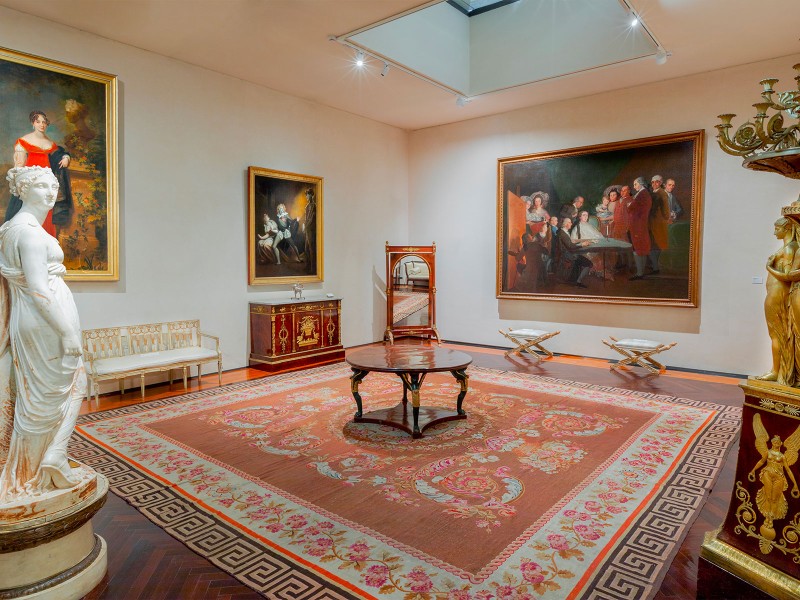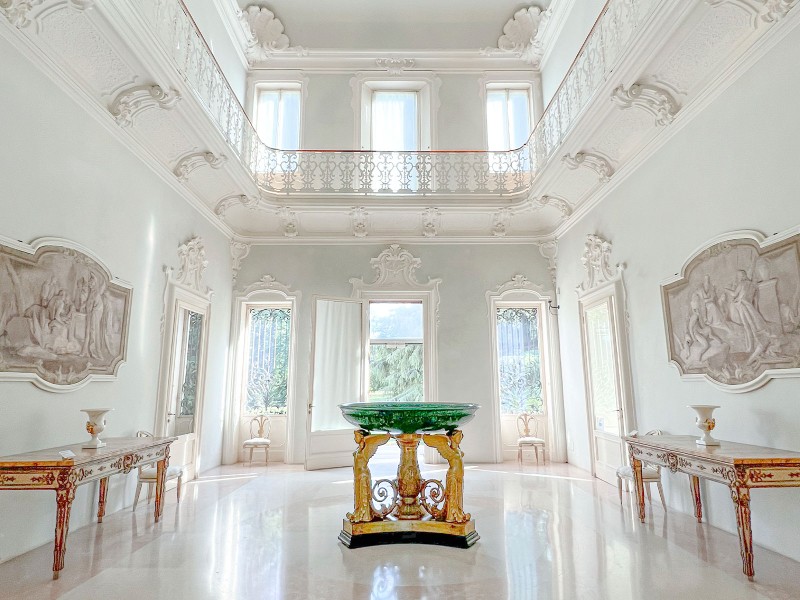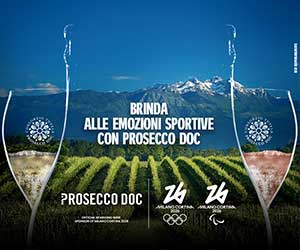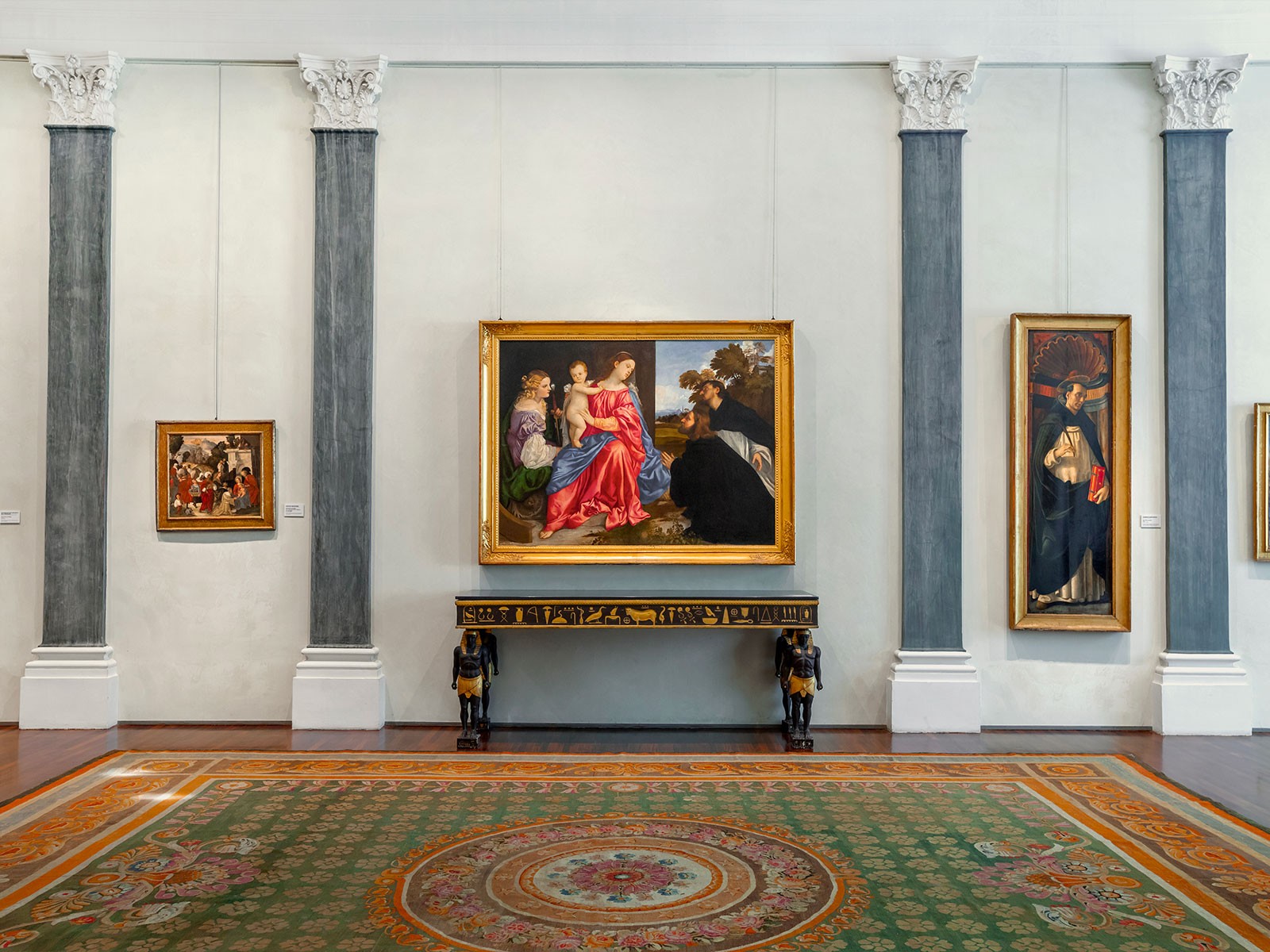
Fondazione Magnani-Rocca
Via Fondazione Magnani-Rocca, 4, Mamiano di Traversetolo (Parma)
Fondazione Magnani-Rocca
Museo
About twenty kilometers from the city of Parma, a half-hour at a leisurely pace. But arriving in Mamiano di Traversetolo feels like a moon landing: immersed in the countryside, there appears the Villa dei Capolavori, sophisticated and timeless, with staircases and white marble, neoclassical furnishings, and Empire-style décor. And then: a park that seems endless, with monumental trees—a 37-meter-high Lebanon cedar, a rare sequoia—as well as exotic plants, grasses, and perennials, reminiscent of New York’s High Line. In the greenery, peacocks, foxes, pheasants, hares, squirrels… and to complete it, a restaurant and a café.
The villa is home to the Fondazione Magnani-Rocca, one of Europe’s most important artistic institutions, currently hosting the exhibition Fashion and Advertising in Italy 1950–2000. On Saturday, October 25, at 4:30 p.m., a lecture is scheduled on a special advertisement: the one created by Barilla featuring Mina and her haute couture dresses. Some of the most exciting Caroselli will be screened.

Events near Fondazione Magnani-Rocca
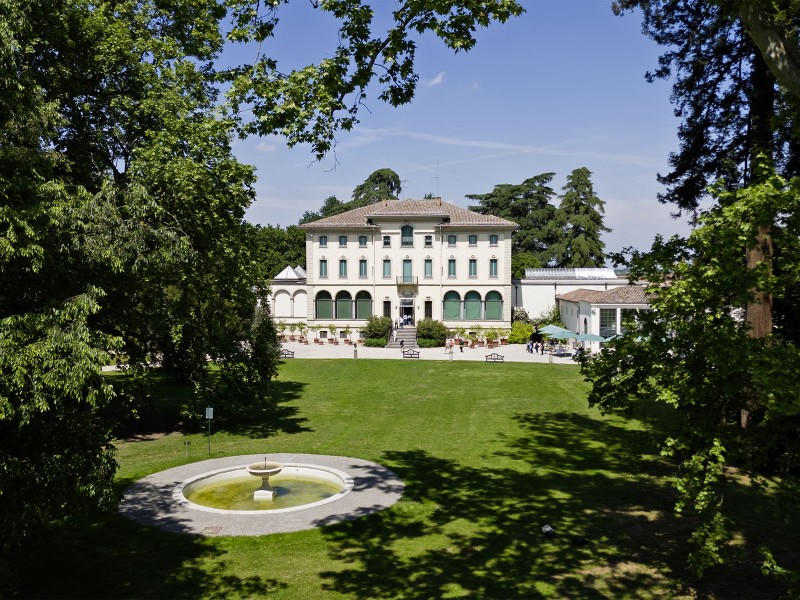
Fondazione Magnani-Rocca
Via Fondazione Magnani-Rocca, 4, Mamiano di Traversetolo (Parma)
From 1965 to 1970, the singer Mina was the exceptional face of Barilla pasta, lending her image and voice to over fifty commercials for the Parma-based company, captured in precious video clips.
Connected to the fashion of the moment yet never banal, endowed with uncommon expressiveness and acting skills, and with her extraordinary voice, she would elegantly caress the pasta boxes or reign over giant packages to recommend quality purchases to the great cooks that were Italian housewives.
Directed by renowned filmmakers such as Valerio Zurlini (1926–1982), Antonello Falqui (1925–2019), Piero Gherardi (1909–1971), and Duccio Tessari (1926–1994)—who did not hesitate to temporarily leave cinema or television for the world of advertising—she performed her songs, often repeated in different versions and settings; she sang live at La Bussola in Viareggio, recorded in the studio, and became a regular presence for Italian women.
The message gradually became more refined, graphically perfect, and soon merged with surreal sets, extravagant outfits, daring camera angles, and aggressive, dynamic editing.
The outfits, designed for her by the great set and costume designer of Fellini, Piero Gherardi, will be the focus of the exhibition organized by the Barilla Historical Archive for ApritiModa 2025, offering us a dive into the 1960s and the extraordinary creative forge that Italy was at the time.
Photos
Other events you might be interested in
Let's stay in touch
News, previews, initiatives about the world of fashion, ApritiModa and its partners
